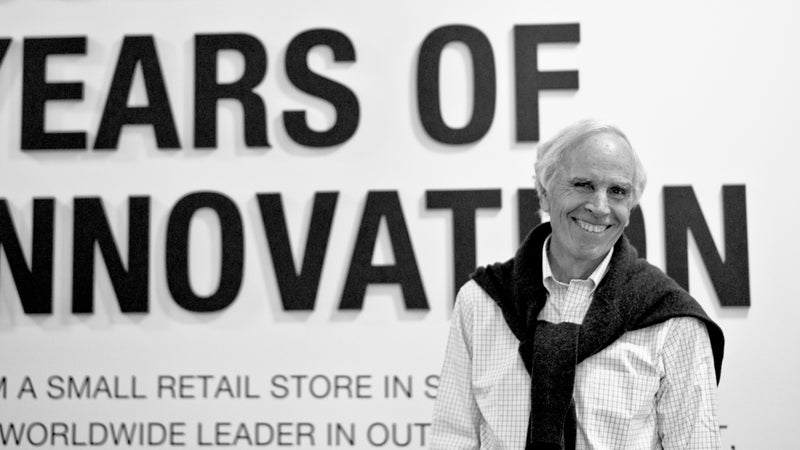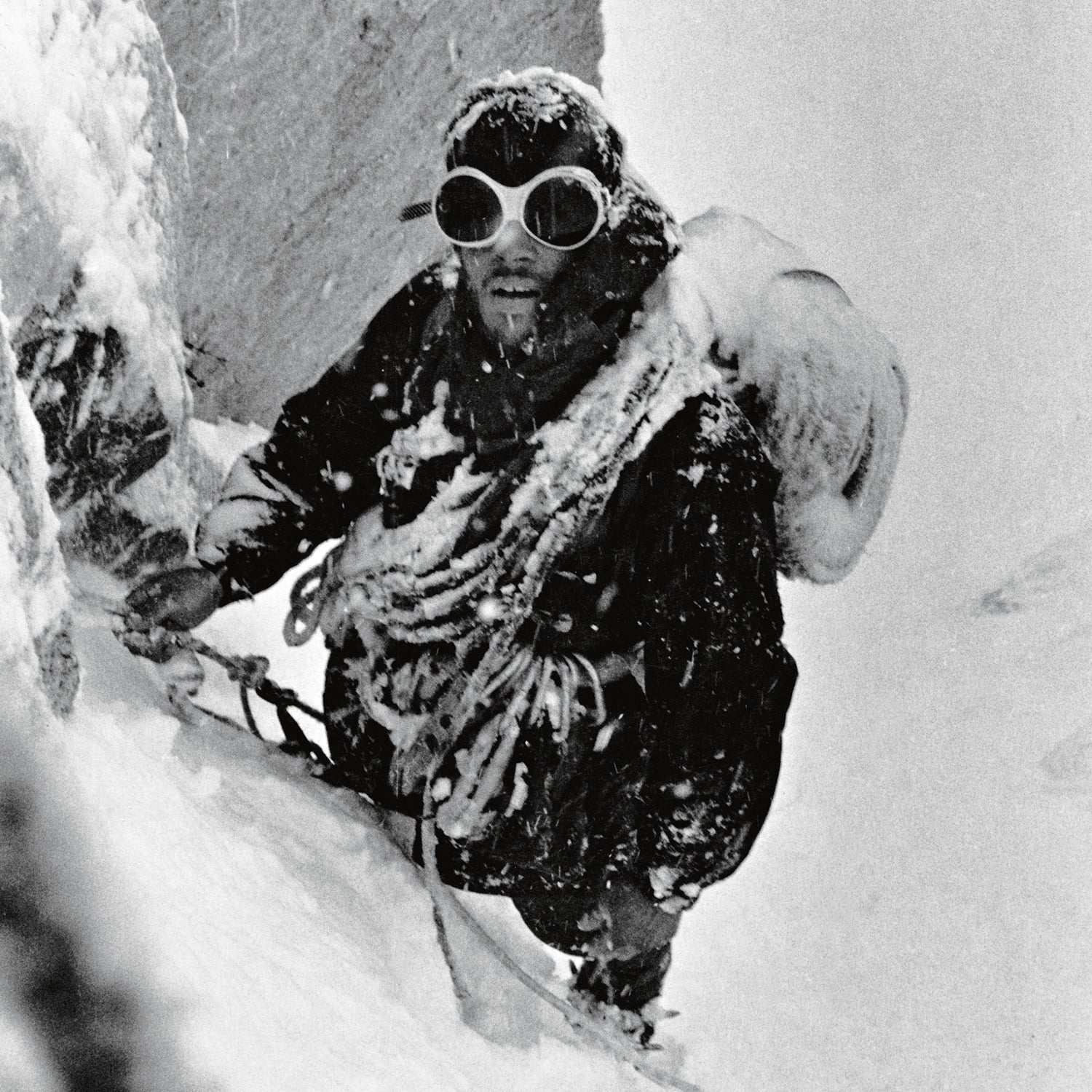Starting in 1991, Doug Tompkins, co-founder of the North Face and Esprit, has bought two million acres of strategically placed land in Chile and Argentina through several of his conservation foundations. , his cornerstone project, is 726,488 acres of Andean peaks, endangered stands of alerce trees, and coastal fjords just south of Puerto Montt. But this playground is a fraction of the larger vision that he shares with his wife Kristine, the former CEO of Patagonia. From the wetlands of northeastern Argentina to the tip of Tierra del Fuego, the couple is slowly rewilding their foundation’s properties where needed, building trails and park infrastructure, and working through bureaucratic red tape to join forces with existing federal preserves to create a total of 12 turn-key national parks, four of which they have already donated to Chile or Argentina.

Their latest project a is the future , 200,000 acres of a former sheep ranch sandwiched between two existing federal reserves in the Chacabuco Valley in Chile’s least-populated northern Patagonian Aysén Region. It's so remote that many of the surrounding 7,000-foot peaks remain unnamed. The handover to Chile is still years away, but they have already submitted their proposal to the government and have built elegant infrastructure that includes two campgrounds, a six-bedroom lodge, a restaurant, a visitor’s center, and employee housing. Patagonia Park may not be an official national park yet, but it is open to guests. With 38 miles of hiking trails, whitewater paddling on the nearby Baker River, the opportunity to see an elusive puma, and a restaurant that serves organic meals like asado grilled lamb and greens straight from the organic garden out back, the time to visit is now.
After a three-day visit to Patagonia Park, I interviewed the elusive Tompkins at the in Puerto Varas to learn more about his Roosevelt-esque vision.
OUTSIDE: Why are you creating National Parks in South America?
TOMPKINS: National Parks are the best expression of social equity that there is. It’s like paying our rent for living on the planet.
I was prepared for the beauty of the wilderness, but the buildings are as impressive as the landscape. Why such grand and gorgeous infrastructure?
If you take guys like Exequiel Bustillo, the architect who designed the early park infrastructure in Argentina, or the great American architects, these guys had a vision that thrust the national park idea into the public eye. We want to echo the grandeur of these great traditions. Once we establish an architectural style in each park we stick with it religiously and comprehensively so that it comes out as a gestalt.
When will you hand over Patagonia and Pumalin Parks to Chile?
We’re well in transition. It’s very complicated when you are reorganizing territories under different ministries. We have to get them all together and transfer jurisdictions. It’s a bureaucratic slalom course we have to ski through, but it can be done. We’ve done it already.
When you first started buying land in the early 1990s Chileans were very suspicious of your motives. Has that changed?
Conservation is not without its critics and opposition. That’s how it is. There are a lot of special interests that don’t want to see land set aside without the extractive possibilities, whether it’s miners, foresters, agriculturalists, or pastoralists. It’s best not get worried about it and persevere on a good steady course that makes sense and wins you allies.
What is your ultimate goal?
We hope to make 12 national parks before we keel over. We’ll have to see whether we can do that.
Do you still have time to get outside?
I don’t have the time. That’s the trouble. But on my 70th birthday my old buddies Yvon Chouinard, Rick Ridgeway, and Jib Ellison came down and we paddled the Baker River. We’re all going out for another paddle this year, just for old times’ sake, to keep our hand in there and get a little bit of muscle tone.


